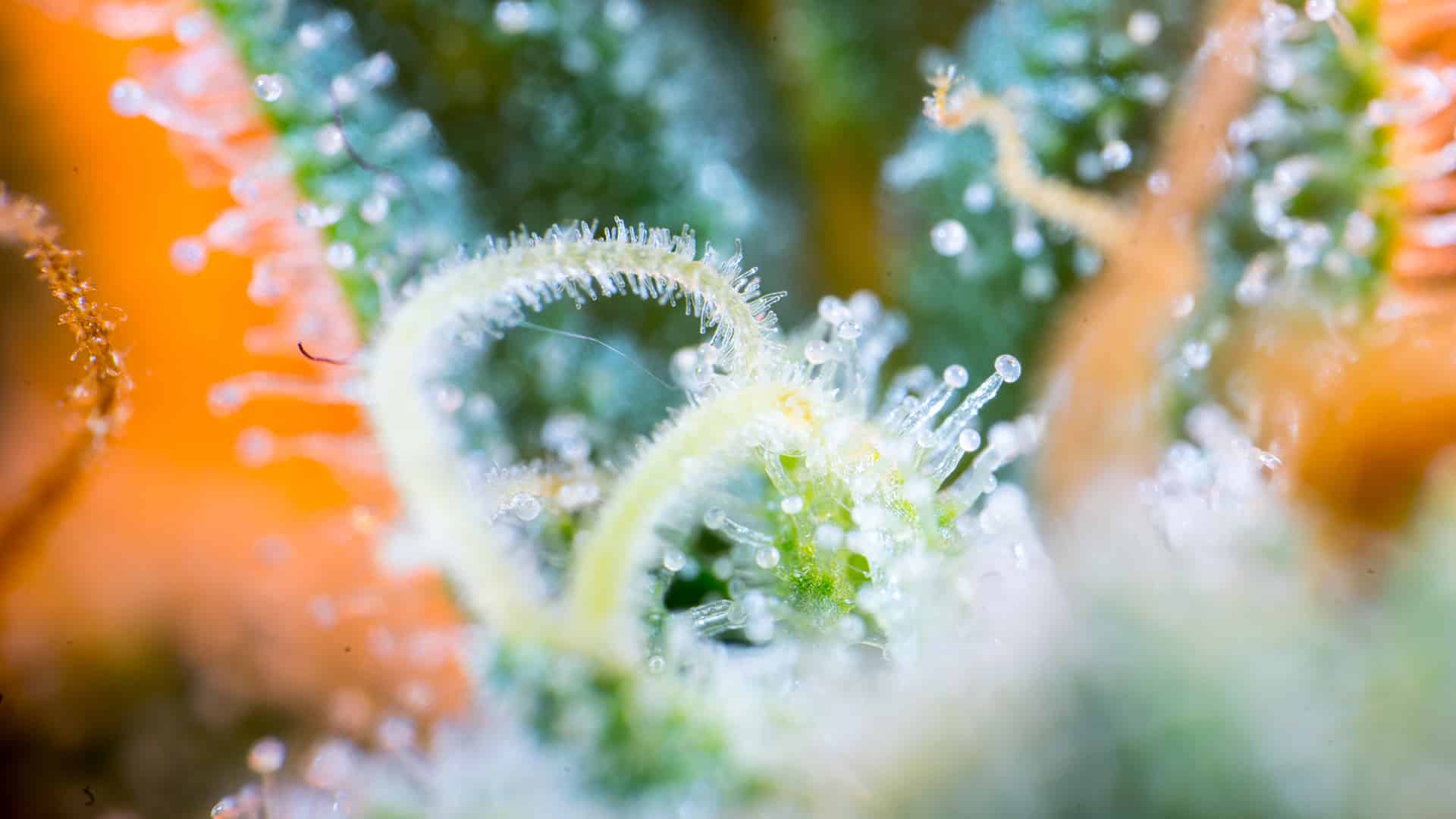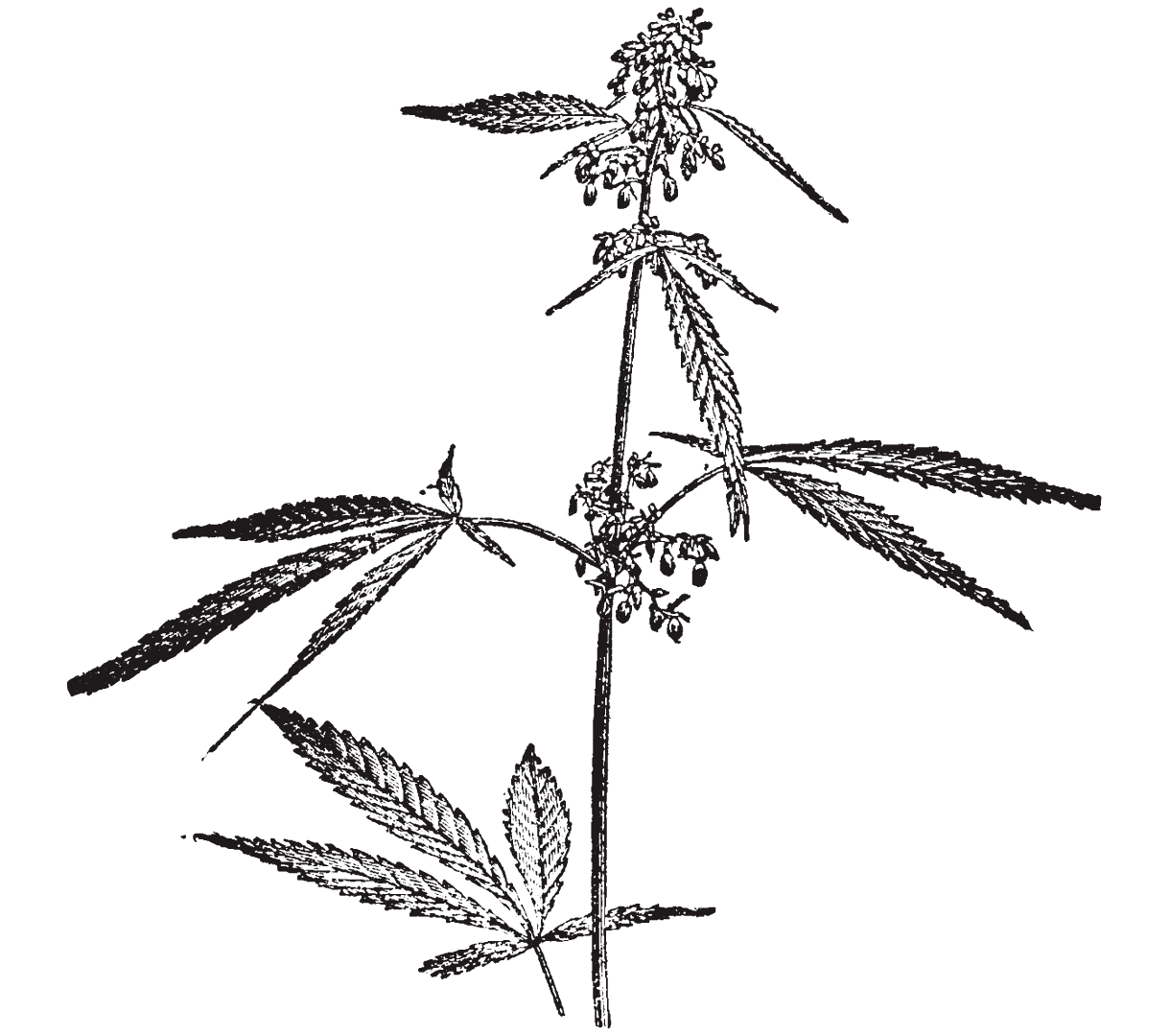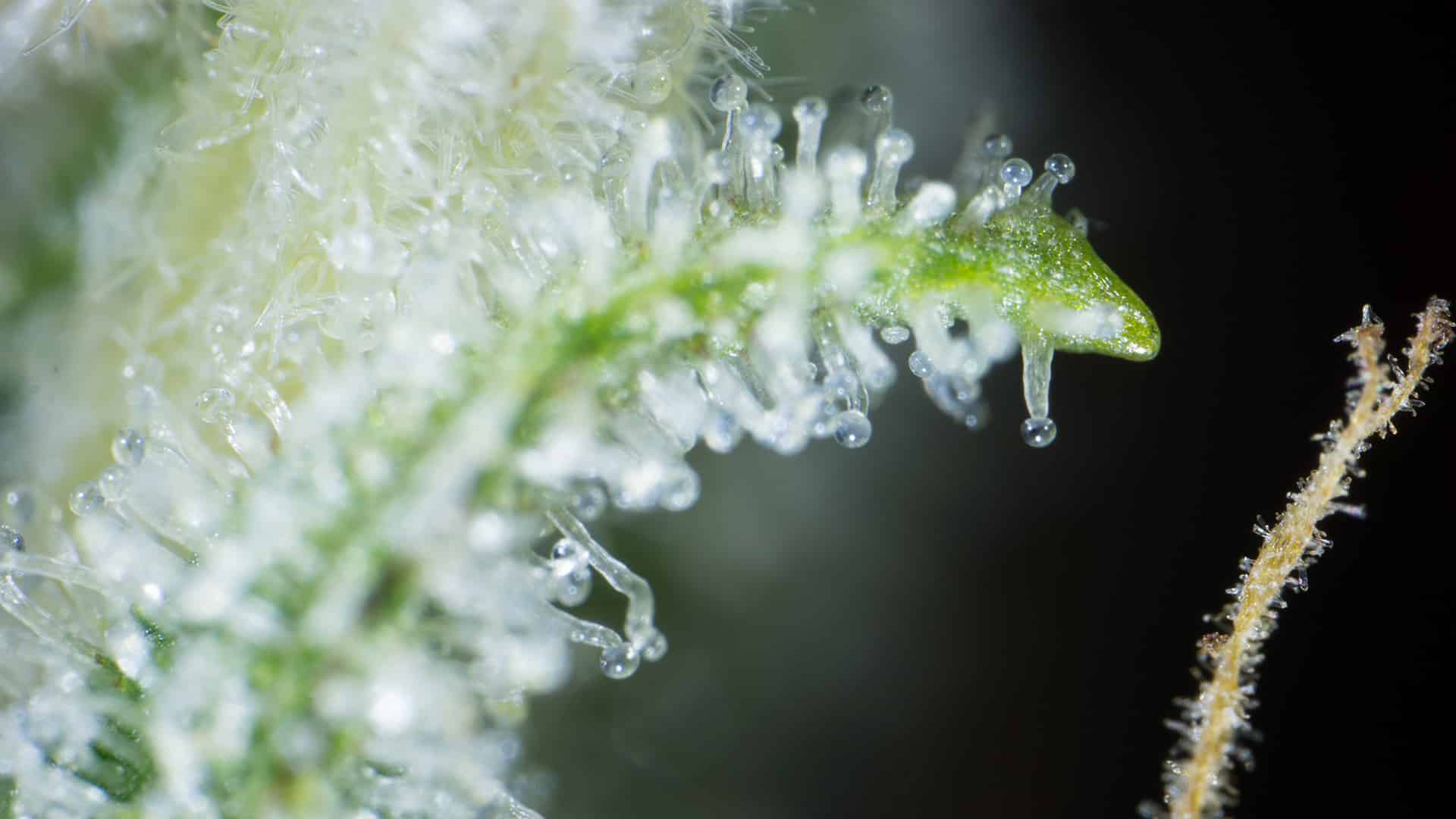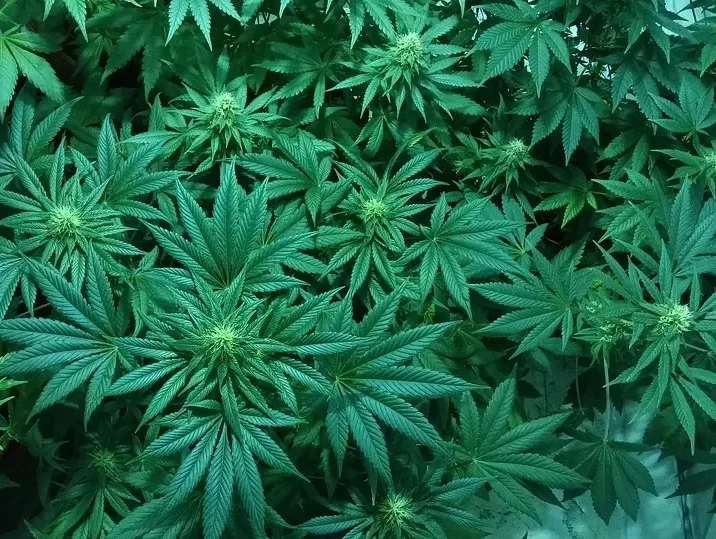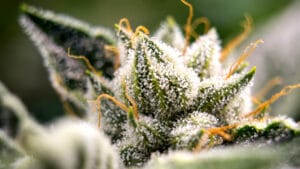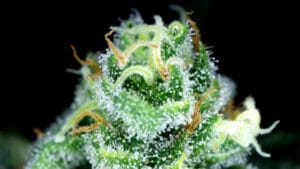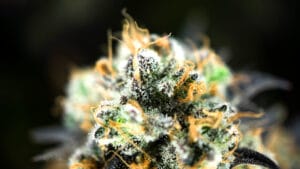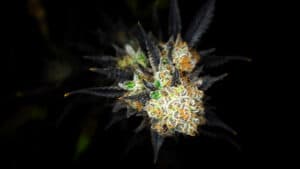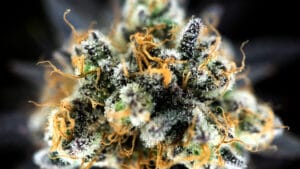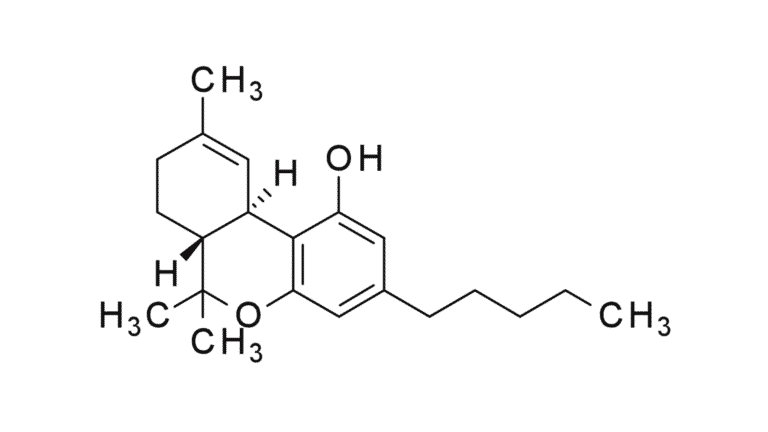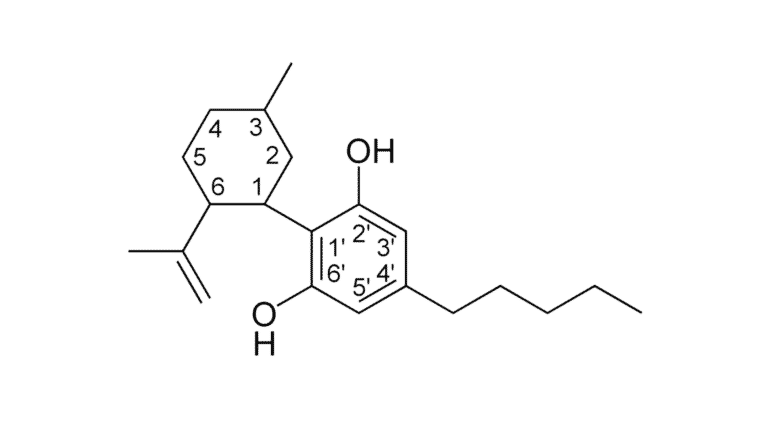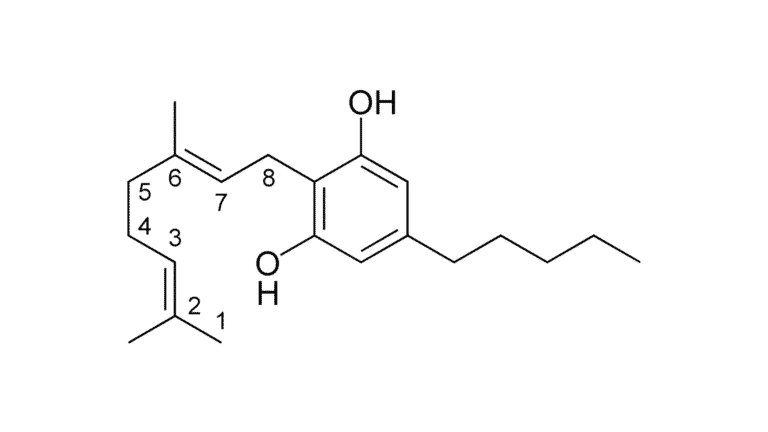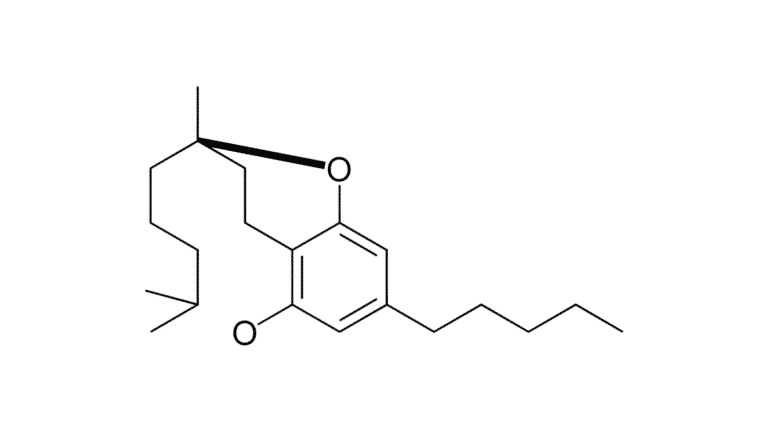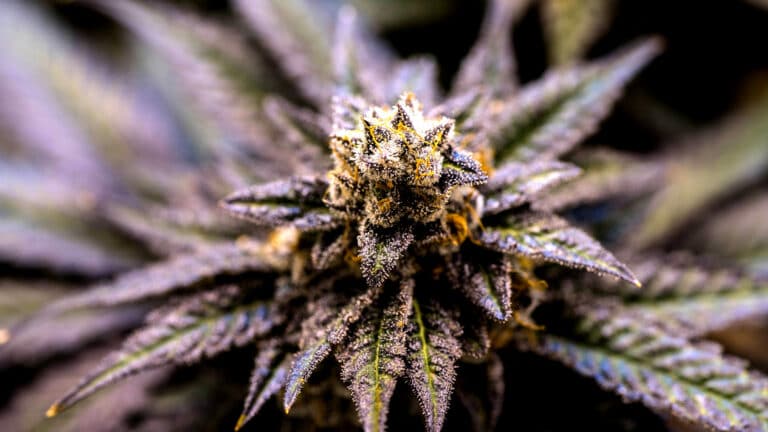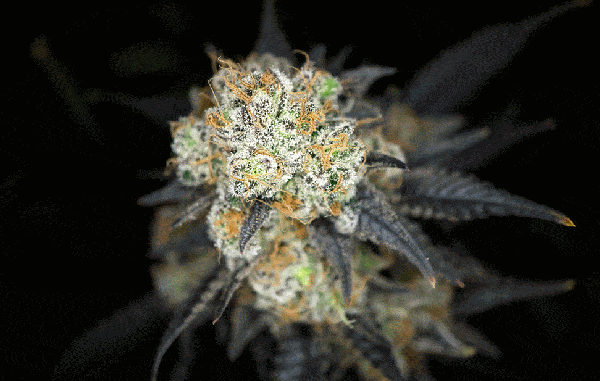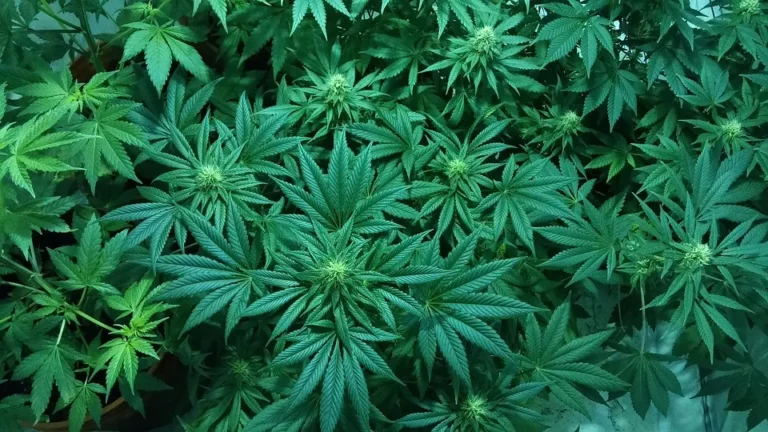What is Cannabis?
Cannabis (a.k.a marijuana, pot, or weed) – is a flowering plant that produces psychoactive affects when smoked or eaten and is used for medicinal and recreational purposes. Cannabis is highly regarded for its ability to boost mood, increase appetite, calm and relax nerves, and to manage pain.
Use our handy menu below to get right to our info related to that topic. Remember, if you have any questions please send us a message and one of the team will get back to you asap.

